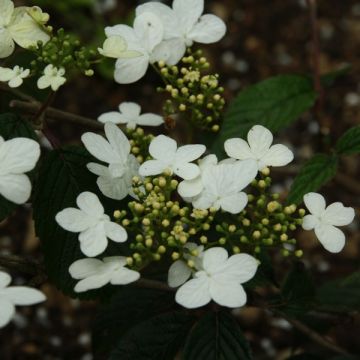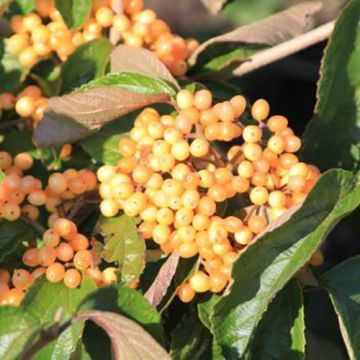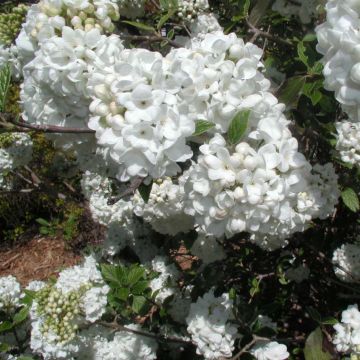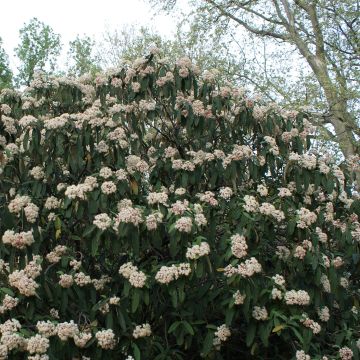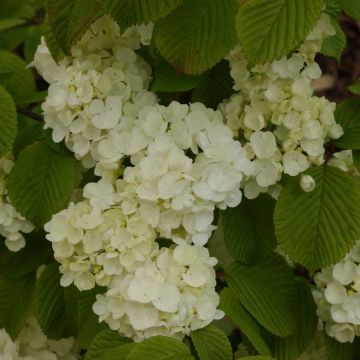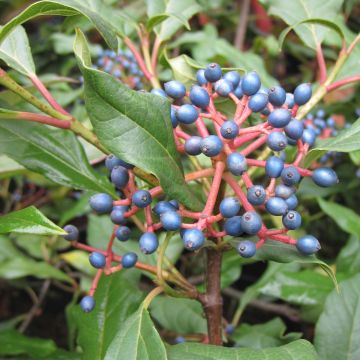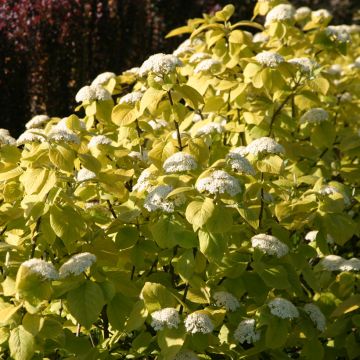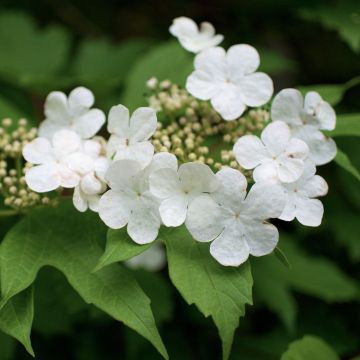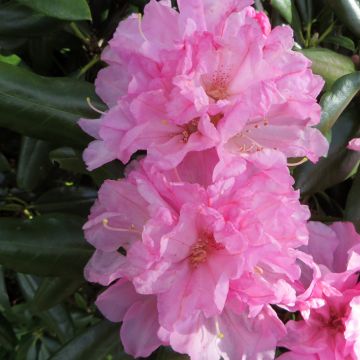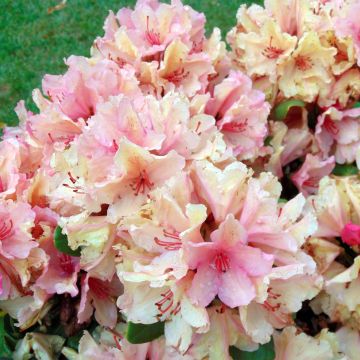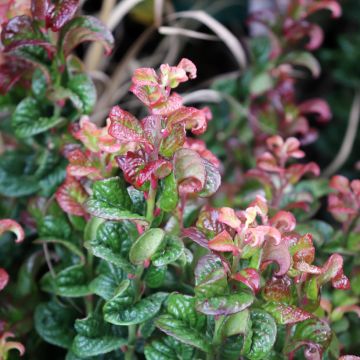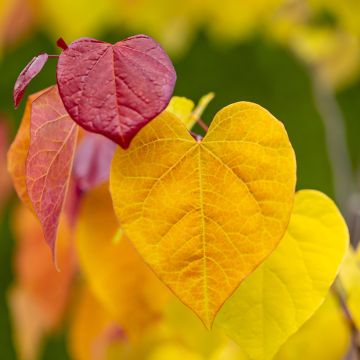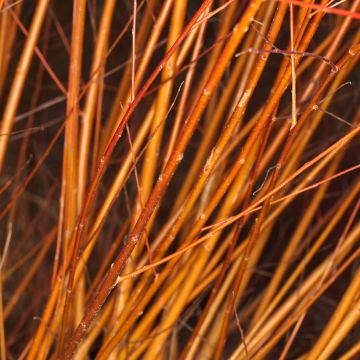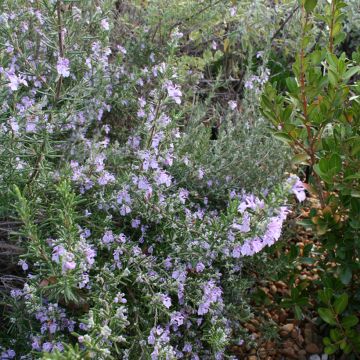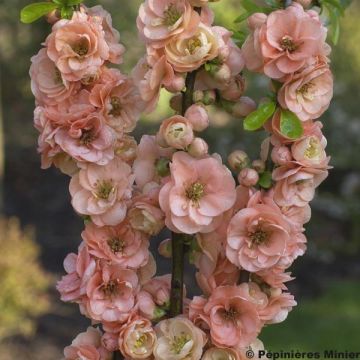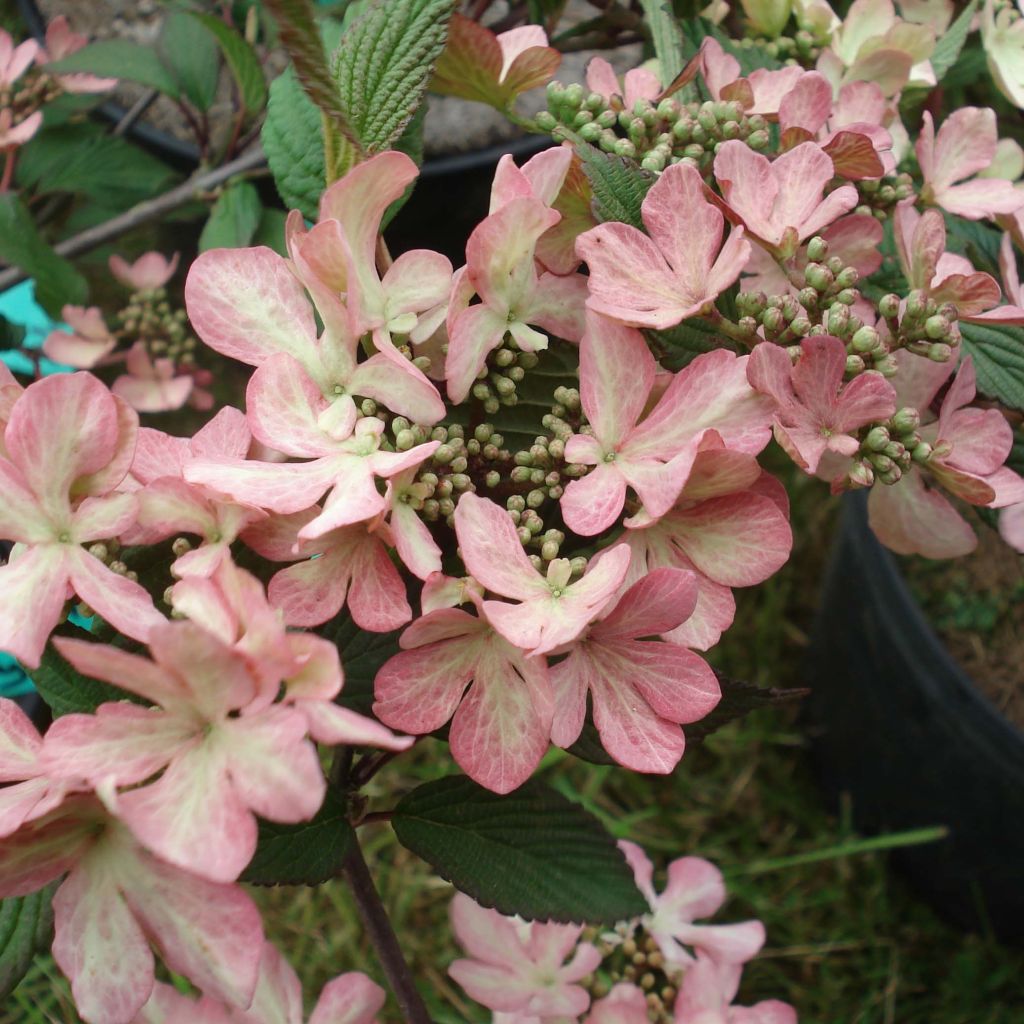

Viburnum plicatum f. tomentosum Molly Schroeder
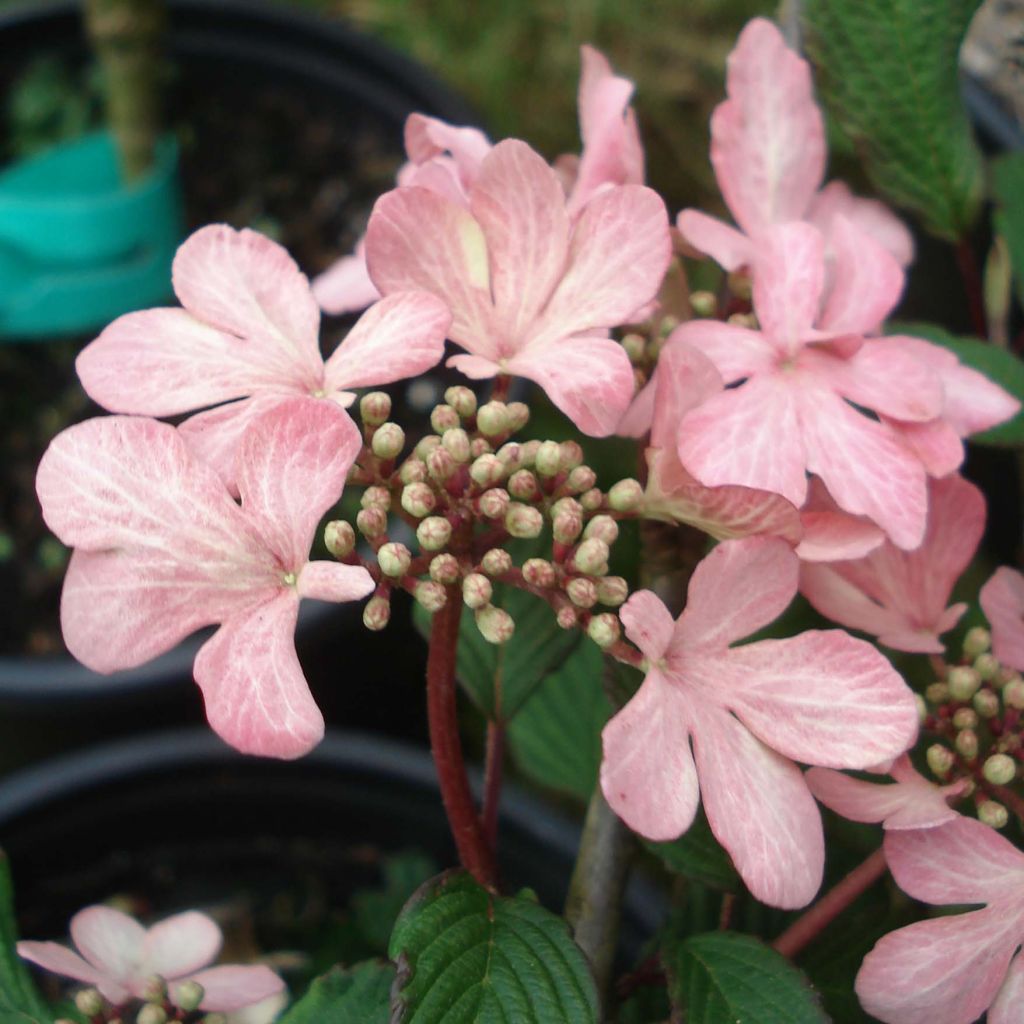

Viburnum plicatum f. tomentosum Molly Schroeder
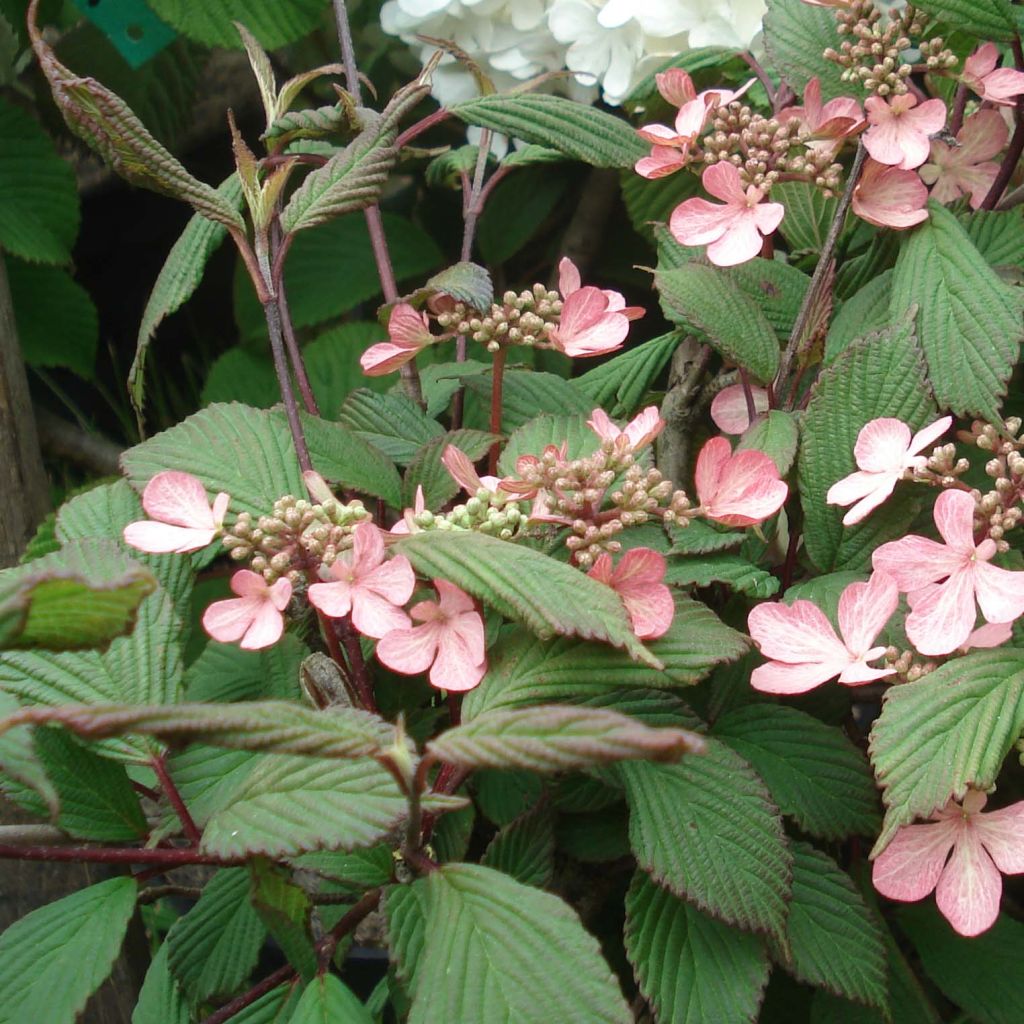

Viburnum plicatum f. tomentosum Molly Schroeder
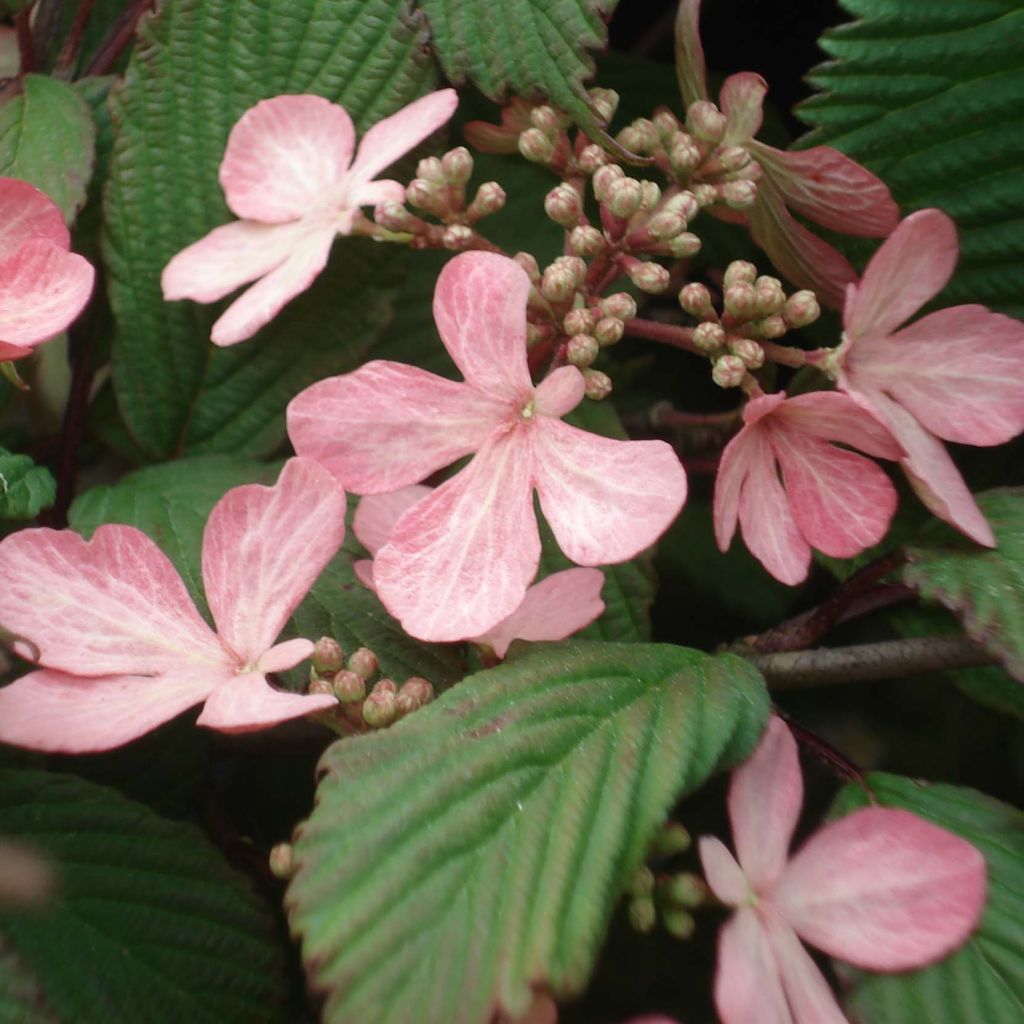

Viburnum plicatum f. tomentosum Molly Schroeder
Viburnum plicatum f. tomentosum Molly Schroeder
Viburnum plicatum f. tomentosum Molly Schroeder
Japanese Snowball, Japanese Snowball Bush
Pretty pink bush.
Pascale C., 07/06/2020
This item cannot be shipped to the selected country
Delivery charge from €5.90
Delivery charge from €5.90
More information
Schedule delivery date,
and select date in basket
This plant carries a 24 months recovery warranty
More information
We guarantee the quality of our plants for a full growing cycle, and will replace at our expense any plant that fails to recover under normal climatic and planting conditions.
From €5.90 for pickup delivery and €6.90 for home delivery
Express home delivery from €8.90.
From €5.90 for pickup delivery and €6.90 for home delivery
Express home delivery from €8.90.
Does this plant fit my garden?
Set up your Plantfit profile →
Description
Viburnum plicatum f. tomentosum 'Molly Schroeder' is a recent and delightful Japanese bush, forming a beautiful deciduous shrub with a tiered habit in a Japanese style, of real elegance. It stands out for its long pink flowering, a rare colour in viburnums, especially since this shade appears as soon as the flat inflorescences open, reminiscent of certain hydrangeas, and persists until the fruits form. A foliage of bright green, reminiscent of hazelnut trees, further enhances the refinement of this plant of great beauty, yet easy to acclimatize in any good garden soil.
Viburnum plicatum f. tomentosum is a bush of the Caprifoliaceae family native to China and Japan. 'Molly Schroeder' stands out mainly for its pink flowering and less vigorous growth. With a horizontal branching, the plant has a characteristic tiered habit, its silhouette both structured and light making it attractive all year round, even in winter. It will reach a height of about 2m (6ft 7in) 40cm (15.7in) and a spread of 1m (3ft 4in) 50cm (19.7in) at maturity, with a rather slow growth. The flowering occurs in May and continues until June. The inflorescences in broad flat cymes of 10cm (3.9in) develop at the end of the branches. They are composed of a peripheral crown of well-developed sterile flowers, with elliptical petals in a soft pink colour veined with cream, surrounding small fertile flowers shaped like pink buds and then turning white. Once pollinated, the flowers turn into small red then black berries when ripe. The leaves, deciduous, measure 5 to 10cm (2 to 3.9in) long, are oval-shaped, tapered, strongly veined, with regularly dentate edges. Their colour is a bright and satin green on the upper side, with the underside being more pubescent. The foliage takes on beautiful colours in autumn, ranging from dark red burgundy to purplish.
This Viburnum 'Molly Schroeder' can be planted in a flower shrub border, in the company of a Kolkwitzia amabilis, with its beautiful spring pink flowering, the tree of clergé (Clerodendrum trichotomum), a Berberis thunbergii 'Atropurpurea' whose purple foliage will enhance its pink inflorescences. It can also be associated with compact Photinias, Elaeagnus, lilacs or mock oranges, camellias or hydrangeas in non-calcareous soil, the choice is vast. It also deserves to be placed in isolation in a small garden or in the center of a low perennial and grass border, because of its beautiful presence in winter.
Report an error about the product description
Viburnum plicatum f. tomentosum Molly Schroeder in pictures
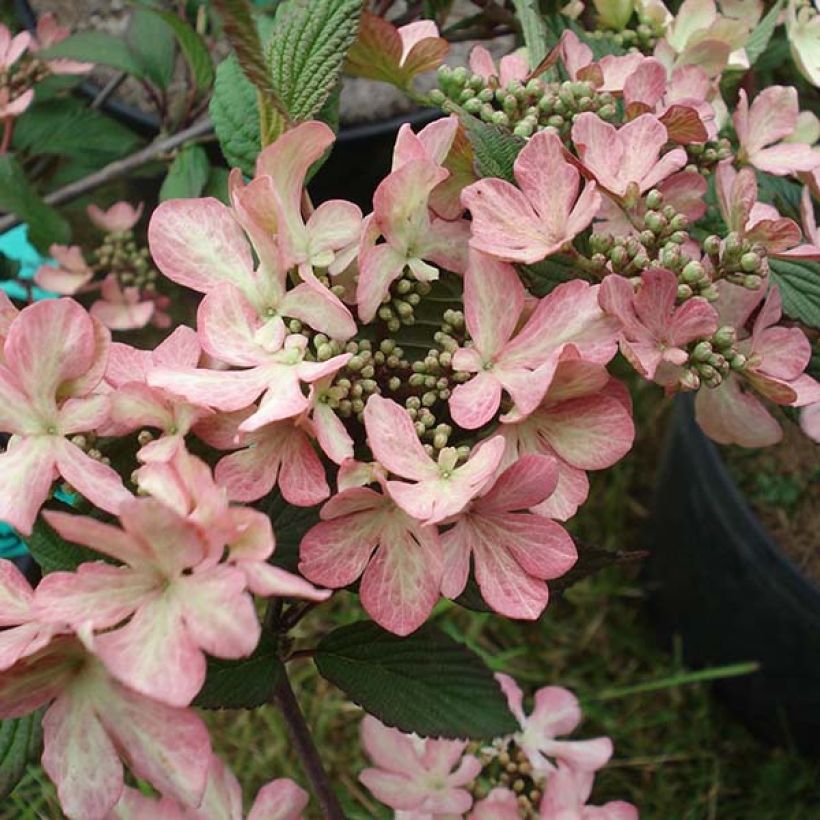

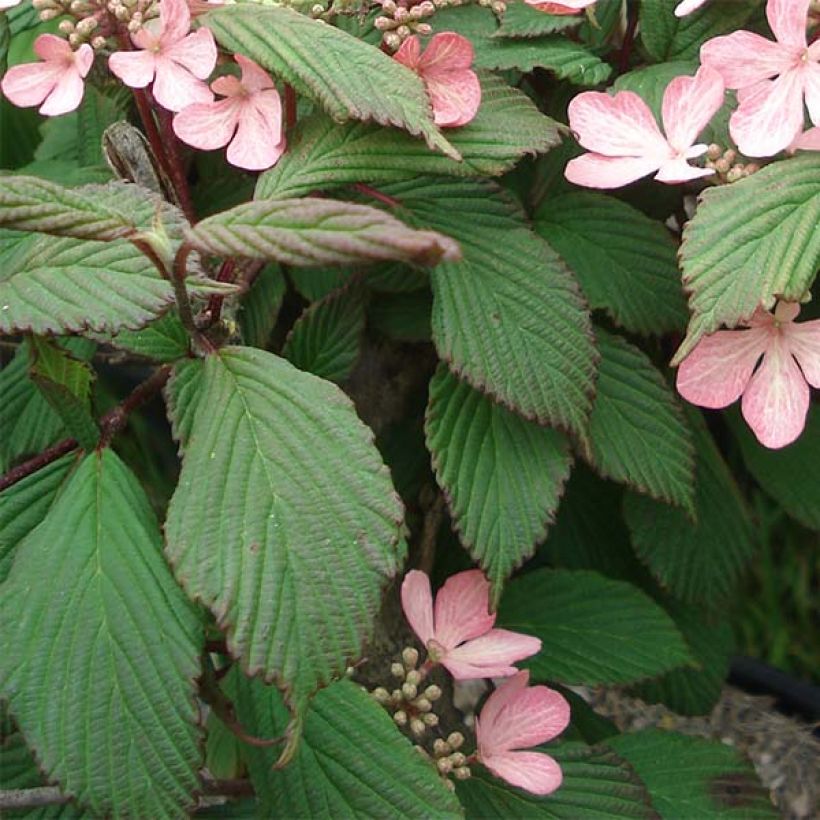

Plant habit
Flowering
Foliage
Botanical data
Viburnum
plicatum f. tomentosum
Molly Schroeder
Caprifoliaceae
Japanese Snowball, Japanese Snowball Bush
Cultivar or hybrid
Other Viburnum
Planting and care
Viburnum plicatum 'Molly Schroeder' can be grown in full sun or partial shade. Place it from November to May, frost-free, in any type of soil without too much limestone and not too dry, preferably cool and humus-rich. This bush is easy to care for and requires little maintenance. Viburnum is often attacked by aphids without great danger. After flowering, you can prune the bush. Prune sparingly to maintain its habit. Remove branches that compromise the symmetry of the plant.
Planting period
Intended location
Care
-
, onOrder confirmed
Reply from on Promesse de fleurs
Spring-flowering shrubs
Haven't found what you were looking for?
Hardiness is the lowest winter temperature a plant can endure without suffering serious damage or even dying. However, hardiness is affected by location (a sheltered area, such as a patio), protection (winter cover) and soil type (hardiness is improved by well-drained soil).

Photo Sharing Terms & Conditions
In order to encourage gardeners to interact and share their experiences, Promesse de fleurs offers various media enabling content to be uploaded onto its Site - in particular via the ‘Photo sharing’ module.
The User agrees to refrain from:
- Posting any content that is illegal, prejudicial, insulting, racist, inciteful to hatred, revisionist, contrary to public decency, that infringes on privacy or on the privacy rights of third parties, in particular the publicity rights of persons and goods, intellectual property rights, or the right to privacy.
- Submitting content on behalf of a third party;
- Impersonate the identity of a third party and/or publish any personal information about a third party;
In general, the User undertakes to refrain from any unethical behaviour.
All Content (in particular text, comments, files, images, photos, videos, creative works, etc.), which may be subject to property or intellectual property rights, image or other private rights, shall remain the property of the User, subject to the limited rights granted by the terms of the licence granted by Promesse de fleurs as stated below. Users are at liberty to publish or not to publish such Content on the Site, notably via the ‘Photo Sharing’ facility, and accept that this Content shall be made public and freely accessible, notably on the Internet.
Users further acknowledge, undertake to have ,and guarantee that they hold all necessary rights and permissions to publish such material on the Site, in particular with regard to the legislation in force pertaining to any privacy, property, intellectual property, image, or contractual rights, or rights of any other nature. By publishing such Content on the Site, Users acknowledge accepting full liability as publishers of the Content within the meaning of the law, and grant Promesse de fleurs, free of charge, an inclusive, worldwide licence for the said Content for the entire duration of its publication, including all reproduction, representation, up/downloading, displaying, performing, transmission, and storage rights.
Users also grant permission for their name to be linked to the Content and accept that this link may not always be made available.
By engaging in posting material, Users consent to their Content becoming automatically accessible on the Internet, in particular on other sites and/or blogs and/or web pages of the Promesse de fleurs site, including in particular social pages and the Promesse de fleurs catalogue.
Users may secure the removal of entrusted content free of charge by issuing a simple request via our contact form.
The flowering period indicated on our website applies to countries and regions located in USDA zone 8 (France, the United Kingdom, Ireland, the Netherlands, etc.)
It will vary according to where you live:
- In zones 9 to 10 (Italy, Spain, Greece, etc.), flowering will occur about 2 to 4 weeks earlier.
- In zones 6 to 7 (Germany, Poland, Slovenia, and lower mountainous regions), flowering will be delayed by 2 to 3 weeks.
- In zone 5 (Central Europe, Scandinavia), blooming will be delayed by 3 to 5 weeks.
In temperate climates, pruning of spring-flowering shrubs (forsythia, spireas, etc.) should be done just after flowering.
Pruning of summer-flowering shrubs (Indian Lilac, Perovskia, etc.) can be done in winter or spring.
In cold regions as well as with frost-sensitive plants, avoid pruning too early when severe frosts may still occur.
The planting period indicated on our website applies to countries and regions located in USDA zone 8 (France, United Kingdom, Ireland, Netherlands).
It will vary according to where you live:
- In Mediterranean zones (Marseille, Madrid, Milan, etc.), autumn and winter are the best planting periods.
- In continental zones (Strasbourg, Munich, Vienna, etc.), delay planting by 2 to 3 weeks in spring and bring it forward by 2 to 4 weeks in autumn.
- In mountainous regions (the Alps, Pyrenees, Carpathians, etc.), it is best to plant in late spring (May-June) or late summer (August-September).
The harvesting period indicated on our website applies to countries and regions in USDA zone 8 (France, England, Ireland, the Netherlands).
In colder areas (Scandinavia, Poland, Austria...) fruit and vegetable harvests are likely to be delayed by 3-4 weeks.
In warmer areas (Italy, Spain, Greece, etc.), harvesting will probably take place earlier, depending on weather conditions.
The sowing periods indicated on our website apply to countries and regions within USDA Zone 8 (France, UK, Ireland, Netherlands).
In colder areas (Scandinavia, Poland, Austria...), delay any outdoor sowing by 3-4 weeks, or sow under glass.
In warmer climes (Italy, Spain, Greece, etc.), bring outdoor sowing forward by a few weeks.

































